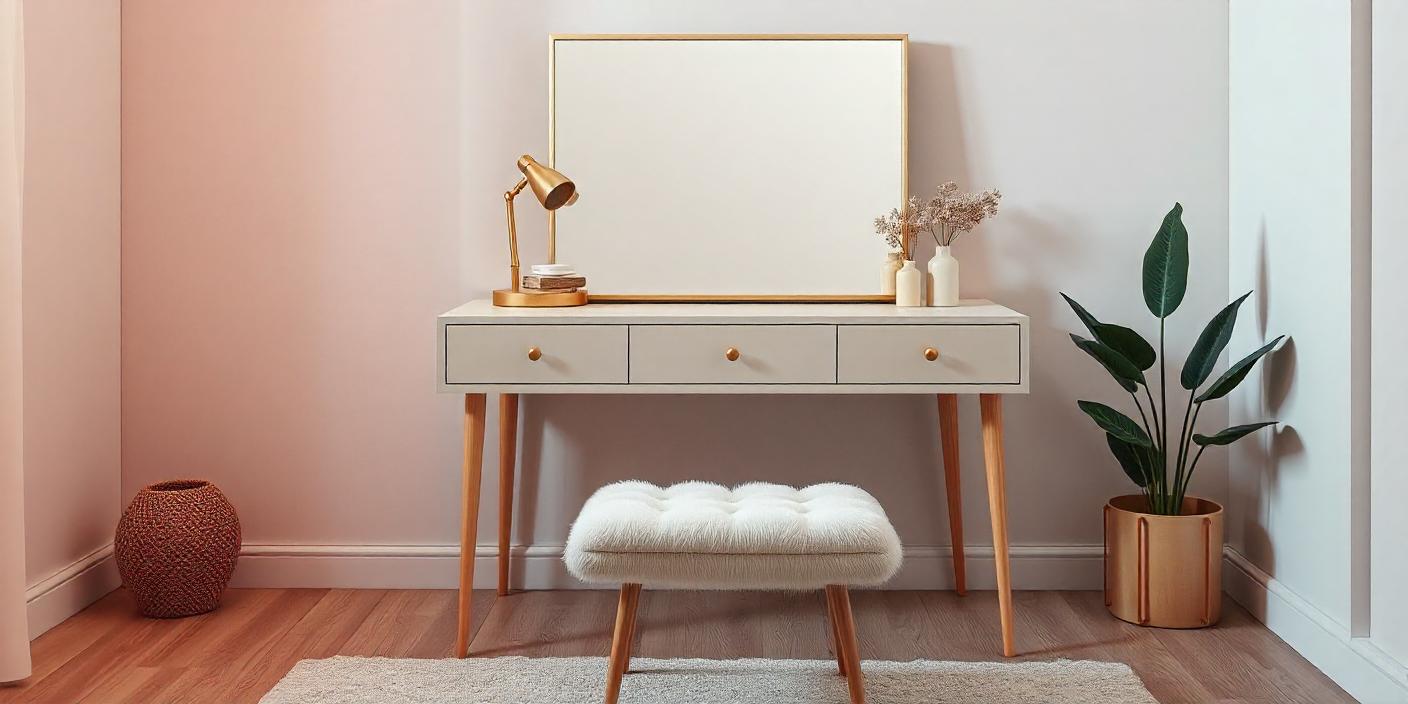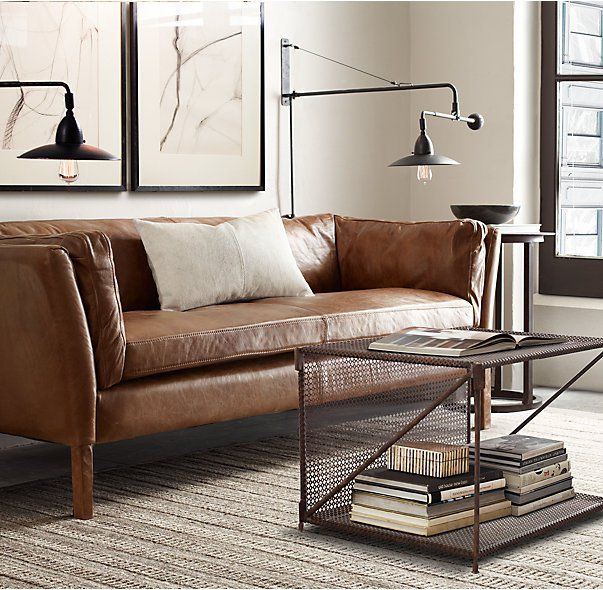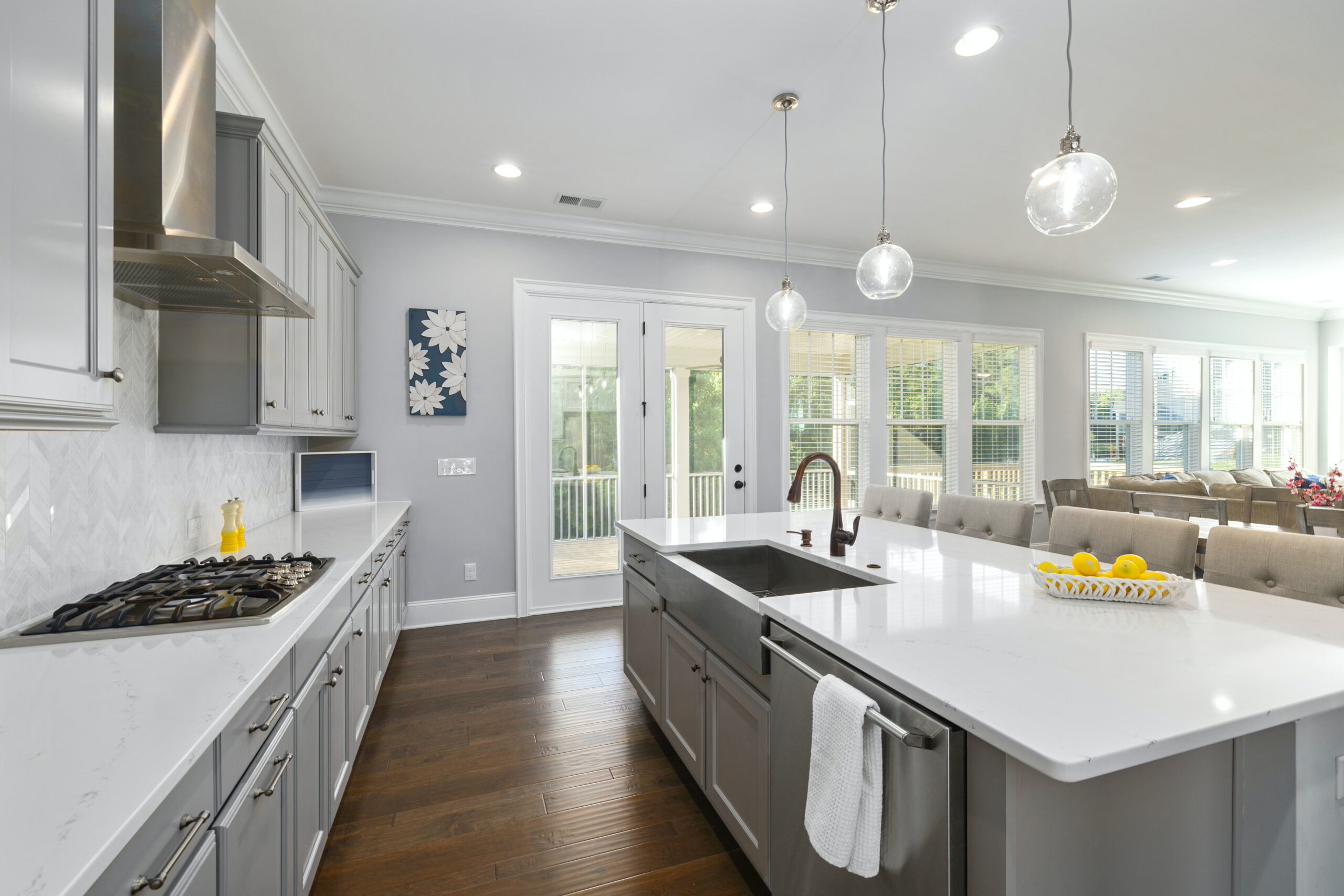A dressing table is more than just a place to get ready; it’s an essential part of your bedroom decor and should complement the style of your bed and overall design scheme. Choosing a dressing table that matches your bed can enhance the aesthetic appeal and functionality of your bedroom. Here, we’ll guide you through seven effective ways to select a dressing table that harmonizes with your bed, covering everything from size and style to material and color. Each tip is tailored to help you make a well-informed choice that balances practicality with design, ensuring that your bedroom feels cohesive and inviting.
1. Consider the Style of Your Bed and Dressing Table
The first step to matching your dressing table with your bed is to consider their styles. If your bed is modern with clean lines and minimalist features, a dressing table with similar characteristics will create a cohesive look. On the other hand, if you have a traditional bed with intricate carvings, a classic wooden dressing table might be more suitable. Take note of any unique details on your bed, such as tufting, metal accents, or curved edges, and find a dressing table with complementary elements. Ensuring style alignment between these two pieces will create a visually pleasing setup that adds harmony to your bedroom.
2. Choose a Matching Material
Material consistency plays a significant role in creating a unified look between your bed and dressing table. If your bed is made from solid wood, consider a dressing table crafted from the same type of wood or a similar finish. For metal or upholstered beds, you might look for dressing tables with metal frames or matching upholstery, respectively. Consistency in materials not only ties the pieces together visually but also brings balance and coherence to your bedroom set. Additionally, opting for durable materials, like hardwood or metal, ensures that both pieces stand the test of time, offering lasting beauty and function.
3. Pay Attention to Color Harmony
Color coordination is essential when choosing a dressing table to match your bed. To achieve a cohesive look, select a dressing table in a color that complements or matches your bed. For example, if you have a dark-colored bed frame, a matching dark wood or painted dressing table will create a unified appearance. Alternatively, if your bed frame is light or neutral, a dressing table in a similar tone will keep the room feeling airy and coordinated. If you’re looking for contrast, ensure the color difference is subtle and intentional to maintain a balanced aesthetic. Choosing complementary colors can prevent the setup from looking disjointed.
4. Keep Proportion and Size in Mind
Matching proportions between your bed and dressing table is vital for creating a balanced look in your bedroom. A large, imposing bed will look well-matched with a dressing table that’s equally substantial, while a smaller bed pairs best with a compact dressing table. Choosing pieces that are proportional helps avoid overwhelming the space or creating a lopsided appearance. Also, consider the room’s layout and dimensions; a dressing table that fits comfortably without overcrowding the space will maintain a clean and organized look. Proportionate furniture also ensures you have enough room for other essentials, such as wardrobes or bedside tables.
5. Focus on Functional Design
When selecting a dressing table, consider its functionality in relation to your bed and bedroom layout. Think about how you’ll use the table — if you need ample storage, look for a model with drawers or shelves that can accommodate your needs without compromising style. If your bed has built-in storage, a simpler dressing table might suffice to avoid overwhelming the room with storage compartments. Additionally, consider a design that includes a mirror, as it can enhance the room’s brightness and sense of space. A functional design doesn’t just serve practical needs but also contributes to the overall aesthetic and flow of the room.
6. Match the Detailing and Finishes
The details and finishes on your furniture play a big part in how well they go together. If your bed features metallic accents or decorative hardware, finding a dressing table with similar accents will help them complement each other. For example, if your bed has brass or chrome finishes, look for a dressing table with similar hardware or trim. The goal is to ensure that the smaller details align, creating a cohesive theme across the room. Even if the pieces don’t match exactly, shared elements in detailing can create an appealing harmony, giving the space a sophisticated, well-thought-out appearance.
7. Think About Mirror Placement and Style
The mirror on a dressing table is often a focal point, so its style and placement should align with the bed and overall bedroom design. If your bed has a high headboard, consider a dressing table with a tall, vertical mirror to maintain visual balance. For low-profile beds, a smaller mirror might work better, adding functionality without overpowering the space. Also, consider the mirror’s frame—whether sleek or ornate—to match the bed’s design elements. Thoughtful mirror placement and design can tie the look together and ensure both pieces work harmoniously within the room’s layout.
By following these seven guidelines, you can select a dressing table that not only complements your bed but also enhances the overall style and functionality of your bedroom. Each piece should work together to create a comfortable and aesthetically pleasing environment, making your bedroom a true sanctuary




